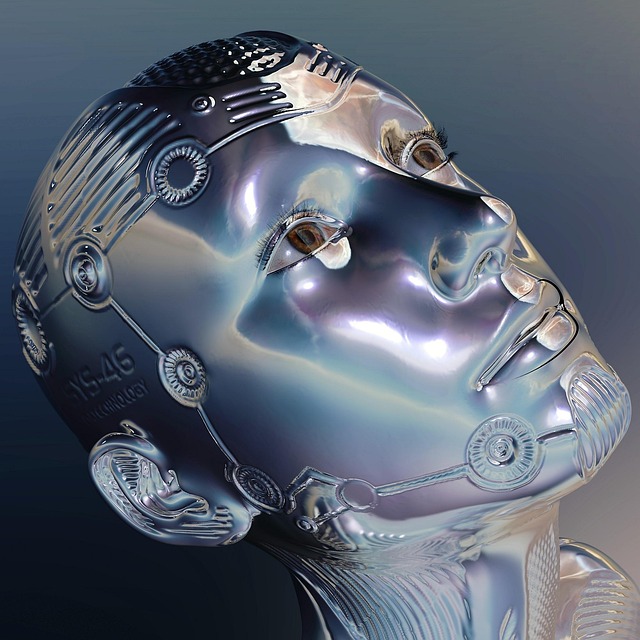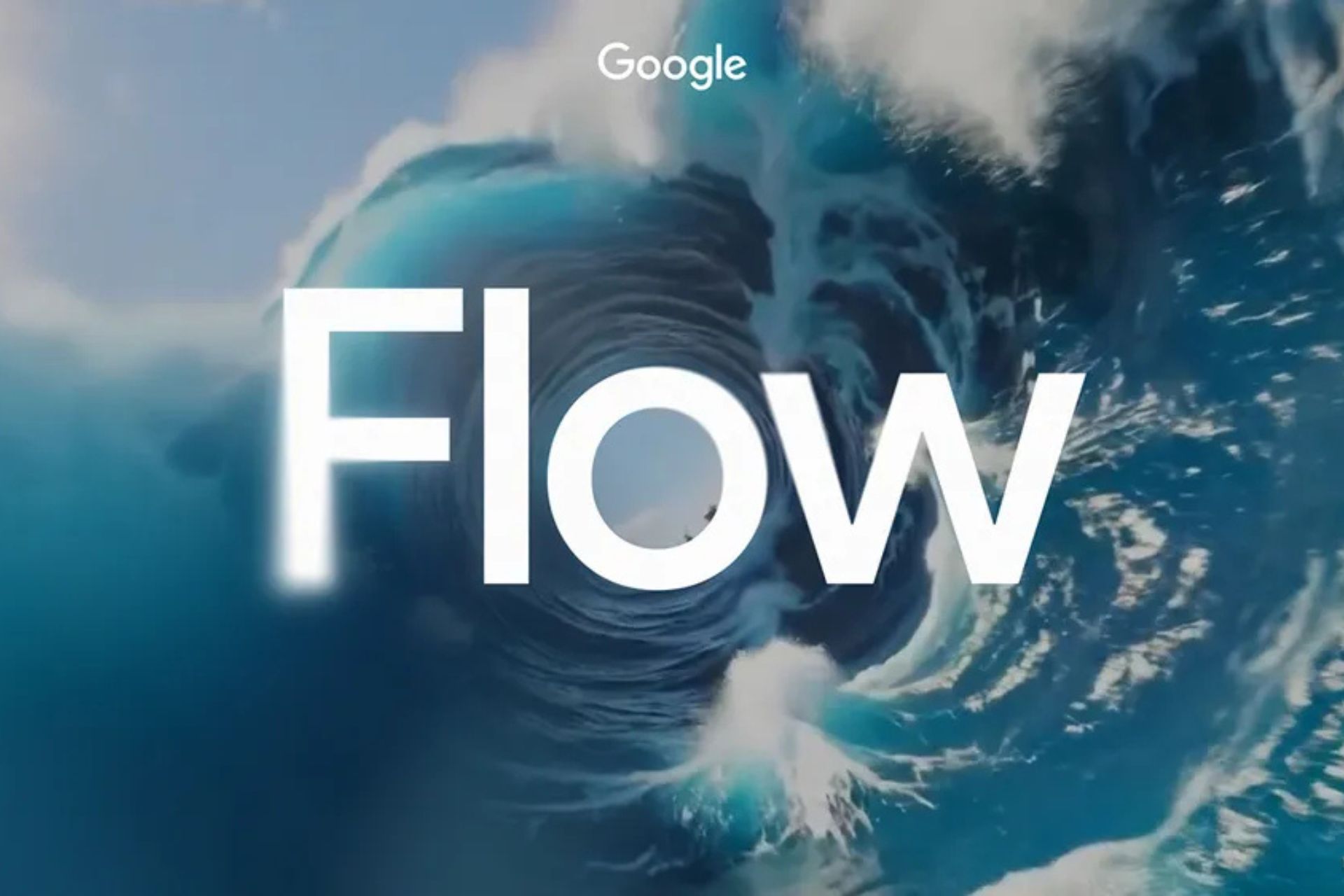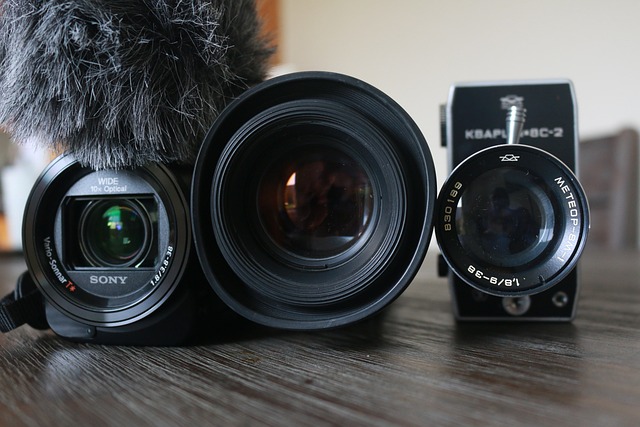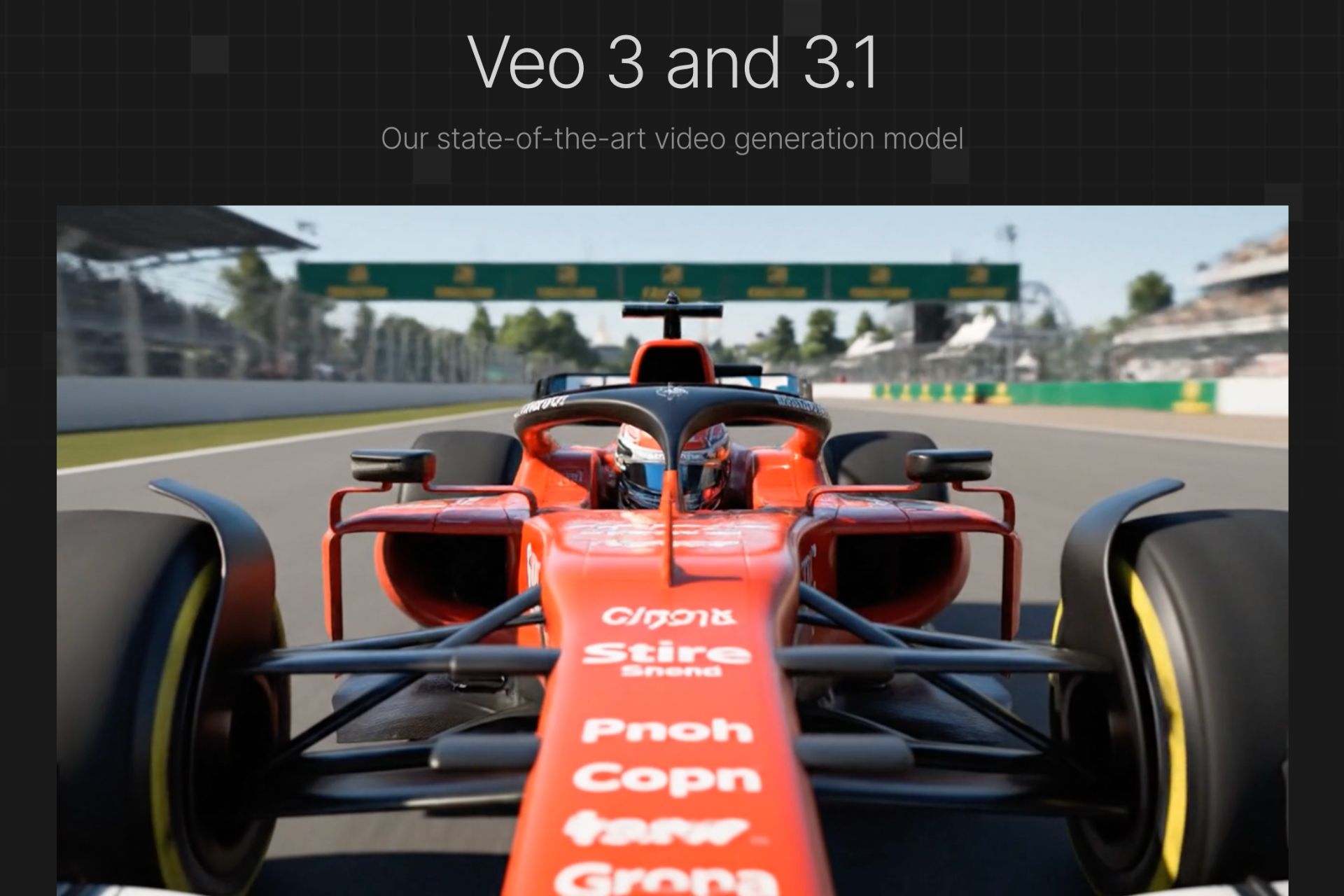
Revolutionizing Cinematic Video Creation with AI
Before the advent of Artificial Intelligence (AI), automation relied on algorithms. While effective for specific tasks, their rigidity prevented them from offering the flexibility and versatility needed for a universal solution. Their utility was limited, unable to transcend the automation of predefined functions.
Artificial Intelligence has completely transformed this landscape. It has expanded automation to an unlimited spectrum of tasks. In content creation, AI has proven to be a revolutionary tool, opening doors to previously unimaginable possibilities. From writing to image generation, AI is redefining the boundaries of what’s possible.
Today, innovation continues with the arrival of Google Flow, a new tool promising to take content creation to the next level: AI-powered film production.
What is Flow and how is it revolutionizing video creation?
Artificial intelligence has advanced significantly in a short time, and Google Flow takes another step in AI video generation. Google has mentioned they designed it specifically for creative professionals, utilizing the company’s most advanced AI models.
Flow was specifically designed for Veo, and we can already see samples of what this generative video AI is capable of. Besides Veo, the tool also relies on Gemini, as this AI can generate descriptions for Veo to follow or scripts when needed.
Regarding this development, it’s stated: “We introduce Flow, our new AI filmmaking tool. Created by and for creative minds, it’s the only AI filmmaking tool custom-designed for Google’s most advanced models: Veo, Imagen, and Gemini. Flow helps screenwriters explore ideas without limits and create cinematic videos and scenes for their stories. This is just the beginning, but we’re excited to define Flow’s future with creatives and filmmakers.”
Currently, Flow is available to Google AI Pro and Google AI Ultra subscribers in the United States, with plans to expand to more countries soon.
Specifically, Google AI Pro provides access to Flow’s key features and 100 creations per month. Google AI Ultra offers higher usage limits and early access to Veo 3 with native audio generation, enabling integration of ambient sounds and character dialogue directly into the video creation process
Producing cinematic-style scenes and stories with AI
We’re witnessing AI’s transformative potential in filmmaking, and we’re still discovering its full capabilities. Tools like Flow are believed to empower a new generation of filmmakers, enabling them to bring stories to life with greater ease and accessibility.
To better understand how this technology can integrate into and enhance creative workflows, early access to Flow was granted to various filmmakers. Their valuable feedback was crucial for refining the tool. Here are some creators who collaborated with Flow and the short films they produced:
- Dave Clark. An award-winning filmmaker focused on incorporating new technology into his filmmaking process. Used AI to create two recent shorts: “Battalion“and “NinjaPunk“. His new short “Freelancers” employs Google’s AI to tell the story of adopted brothers separated but sharing similar goals.
- Henry Daubrez. Earlier this year revealed “Kitsune“, a touching short created with Veo 2 about “the love shared by two souls separated by everything except their shared loneliness.” Now bringing his creative journey to life in “Electric Pink”.
- Junie Lau. A film director and multidisciplinary creative passionate about innovation who sees AI as a vital collaborator for pushing creative boundaries. Currently working on “Dear Stranger”, exploring the infinite nature of universal love between a grandmother and granddaughter across parallel worlds.
AI is ushering in a new chapter of creativity and cinematography. While this is just the beginning, tools like Flow have significant potential to open doors for new voices and creations.
Key features of Flow: How it facilitates cinematic content creation
Flow includes various features designed for both professionals and beginners:
- Camera Controls. Master shots with direct control over camera movement, angles, and perspectives.
- Scene Creator. Edit and extend existing shots seamlessly, revealing more action or advancing to the next event with continuous motion and consistent characters.
- Asset Management. Easily organize all elements and instructions.
- Flow TV. Unleash creativity with a growing collection of Veo-generated videos, channels, and content. View exact instructions and techniques used for videos of interest, providing practical learning opportunities.
Automating the creative process: From idea to screen
Flow’s integrated functionalities are crucial for automating the creative process, efficiently transforming ideas into high-quality visual content.
Limited access to Veo 3: what it offers video creators
The update includes an enhanced video generator called Veo 3, which Google states has better understanding of material physics for smoother, more realistic animations.
Developed by Google DeepMind, Veo 3 represents a qualitative leap in video generation. Not only does it improve upon Veo 2’s visual quality, but for the first time incorporates audio into generated clips.
The model excels at generating clips from text and image prompts, maintaining high fidelity to real-world physics, achieving precise lip synchronization, and understanding narratives, allowing users to tell a brief story in a prompt and receive a video that brings it to life.
Veo 3 is currently available to Ultra subscribers in the U.S. and enterprise clients via Vertex AI.
Flow: An essential tool for creative professionals
Flow allows users to:
- Upload photos/illustrations of characters, props, or settings.
- Animate everything into a short film using text prompts.
- Alternatively, simply write generative prompts to create images directly in Flow.
- Build a narrative video scene-by-scene by describing actions in text boxes.
Editing possibilities are extensive – from controlling camera movement/angles to editing shot duration or adding new characters. All managed through an Asset Management system organizing each project’s resources.
How Flow enhances video production efficiency
Flow improves efficiency by simplifying the execution of complex tasks, optimising asset management, and facilitating rapid experimentation. This translates into shorter production cycles, reduced costs, and ultimately, greater output of innovative, high-quality visual content. Artificial intelligence is transforming the creative process, allowing filmmakers’ visions to manifest on screen with unprecedented efficiency.
Flow’s impact on the creative industry and the future of AI video
The emergence of Flow marks a turning point in the creative industry, innovating audiovisual production. This AI tool democratises video creation by reducing barriers for new talent and optimises workflows by automating repetitive tasks, freeing up professionals.
In essence, Flow is a catalyst propelling the industry toward a future where human ingenuity and AI collaboration will revolutionize the art of video. If you don’t want to miss out, visit our blog. There, we’ll keep you up to date with the most interesting technological developments.
As Steve Jobs said: “Technology alone is not enough. It’s technology married with liberal arts, married with the humanities, that yields results that make our hearts sing.”





